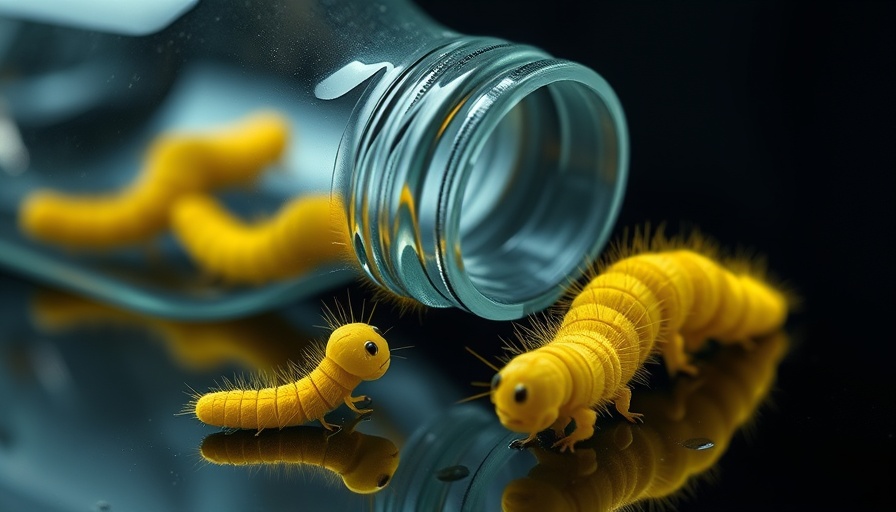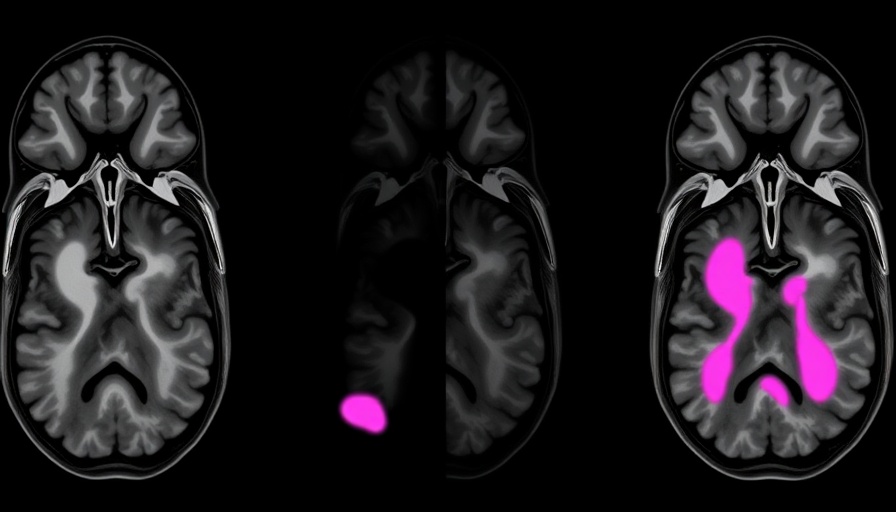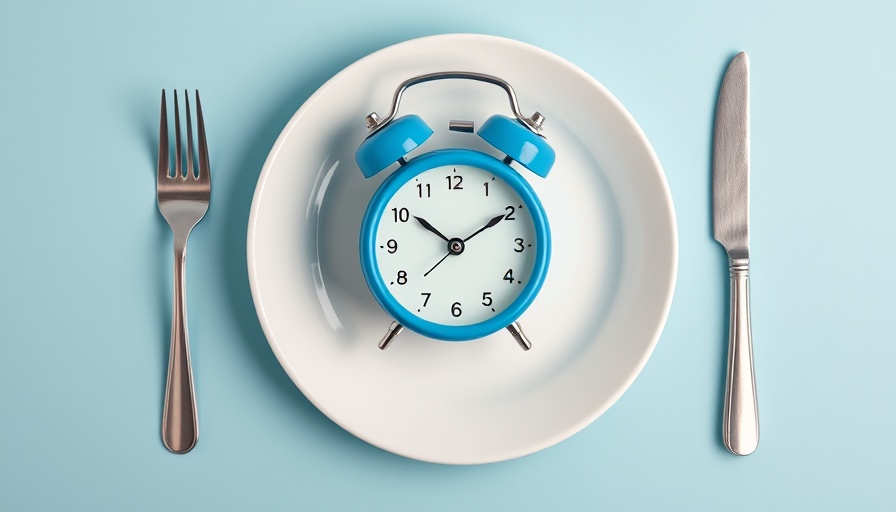
Breaking Down Plastic: Meet the "Plastivore" Caterpillars
The environmental crisis of plastic waste has reached alarming proportions, with millions of tons of plastic produced each year, primarily in the form of polyethylene. One innovative solution has emerged from an unexpected source: the waxworm caterpillar. This unique caterpillar species can metabolize plastic, transforming it into usable body fat almost overnight. In an era where conventional recycling has struggled to keep up, understanding the mechanisms behind this biodegradation can open doors to innovative solutions for the global waste crisis.
The Science Behind Plastivore Caterpillars
Research indicates that waxworms, particularly the Galleria mellonella species, exhibit a remarkable capability to consume polyethylene, the most commonly used plastic. Approximately 2,000 of these caterpillars can dismantle a plastic bag within 24 hours. However, this process comes with significant challenges. Prolonged exposure to plastics has been shown to deteriorate their health, leading to quick death if they are not supplemented with additional nutrients, such as sugars.
The Dual Nature of Plastivore Habits
Despite their impressive plastic-eating ability, waxworms’ survival hinges on a balanced diet. Dr. Bryan Cassone, leading researcher in this field, highlights that while consuming plastic provides energy, it also leads to substantial mass loss and health deterioration. This paradox raises questions about the feasibility of relying on waxworms for large-scale plastic remediation efforts. How can we harness their unique abilities without compromising their survival?
Potential Applications Beyond Waste Management
Imagine a world where these caterpillars not only clean up our oceans but also transform waste into fish food or other sustainable products. The implications of these findings could revolutionize environmental management and waste recycling. Integrating waxworms into waste management systems could provide a natural method of breaking down plastics while creating value-added products, potentially reshaping industries, especially in urban environments like Dallas.
Future Trends: What Lies Ahead for Plastic Waste Solutions?
As research progresses, there’s a horizon filled with hope for automation and biotechnology. Future studies may focus on enhancing the waxworm’s digestive capabilities through genetic modifications or optimizing conditions around their habitat to maximize their efficiency. By exploring how we can enhance this natural process, we can mitigate the heavy toll plastic waste takes on the environment.
Broader Implications for Cities Like Dallas
Urban areas, particularly cities like Dallas known for their rapid growth, will need to adopt innovative waste management practices as costs and environmental impacts rise. The prospect of biodegradable solutions, such as using waxworms, can significantly influence lifestyle trends, from cost of living deductions to improving public health. Understanding how urban planning and waste management intersect with biological solutions like waxworms can create a cleaner, more sustainable living environment.
Join the Movement Towards Sustainable Living
Revolutionary solutions are simply waiting to be discovered. If you’re interested in sustainability and innovation, now is the time to engage. Research and community involvement play critical roles in shaping practices that address plastic pollution. Embracing this knowledge empowers individuals and communities to contribute actively towards cleaner cities and a healthier planet.
 Add Element
Add Element  Add Row
Add Row 



Write A Comment